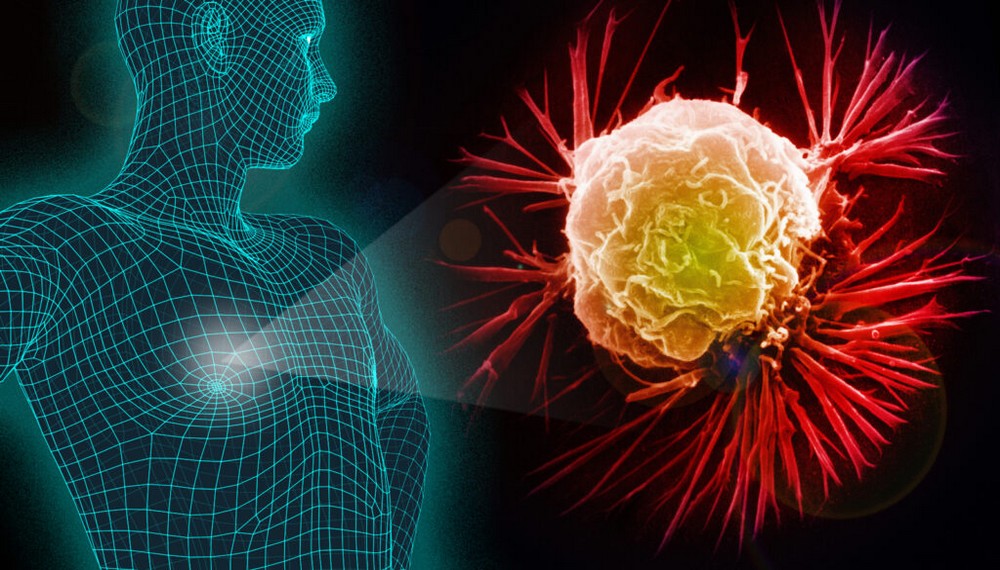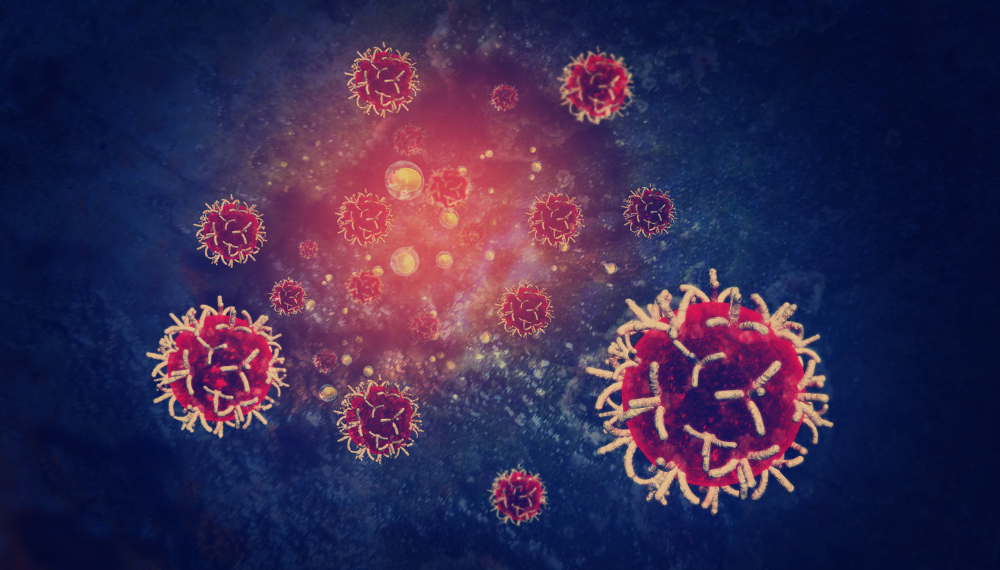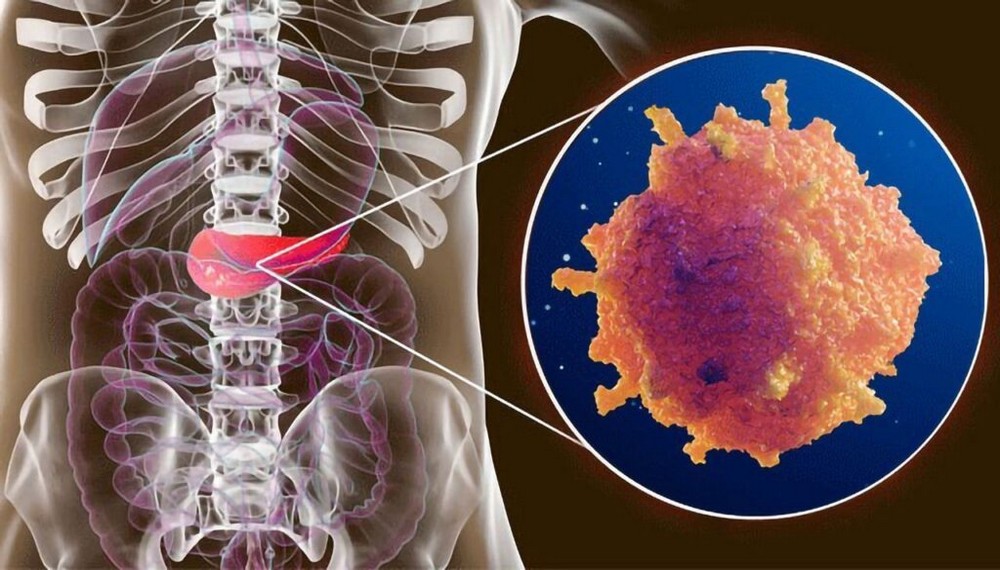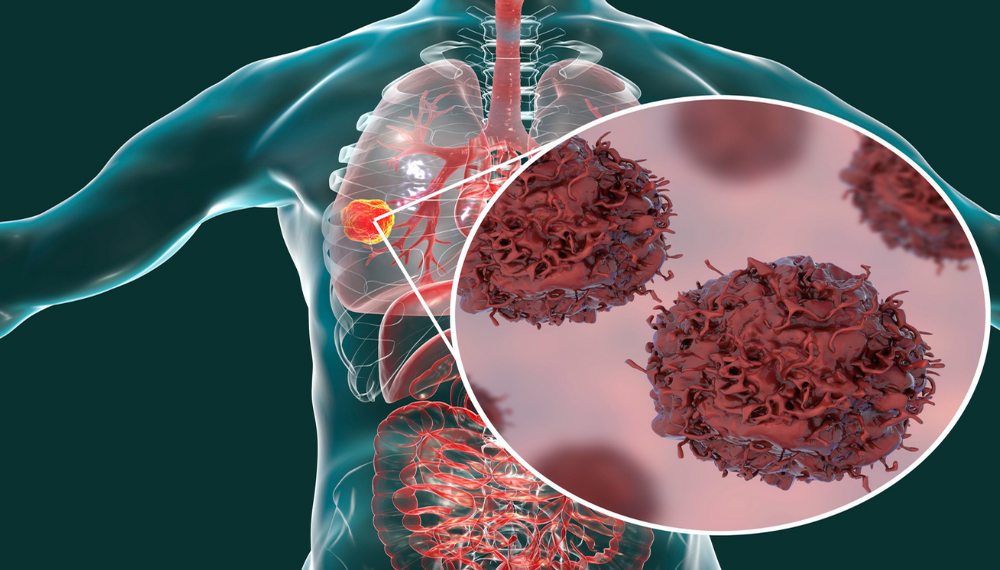Myths and Misconceptions fuel the disease burden and mortality (death) due to cancer, as they increase stigma and reduce chances of cancer patients seeking effective treatment early. This results in lost opportunities for successful treatment of the disease. It also increases lost opportunities to prevent the disease. Myths and Misconception has significant impact on presentation and management of cancers globally. There is limited knowledge regarding the role of misconceptions in late presentation for management in developing countries. The percentage increase in cancers in many African countries is higher than that in developed countries. Cancer is a disease where Myth and Misconception can facilitate the delay in seeking appropriate care or rather make patients seek wrong care.

Misconception #1: When a woman either has a spontaneous abortion late in her pregnancy or a stillbirth, she can develop breast cancer, because the milk production meant for the child can spoil and cause cancer in the breast.
The Facts: More breast milk is made whenever milk is removed from the breast. The more the baby feeds, the more the milk the mother will make. In the absence of demand from the baby, the mother’s milk supply eventually dries up. Moreover, human breast milk is always fresh and cannot spoil in the breast.
#2: If you wear black brassieres often, you are more likely to get breast cancer because the black-colored underwear will radiate more heat than other lightly-colored underwear.
The Facts: There is no scientific evidence to suggest that wearing brassieres- black or not – can lead to the development of breast cancer. The study that investigated the link between wearing a brassiere and breast cancer, showed no real difference in risk between women who wore a brassiere and women who didn’t wear a brassiere.

Misconception #3: When a man is not sexually active in his younger years, when they turn 40, they develop prostate cancer because their prostate gland shrinks.
The Facts: This is not true. Researchers speculate that men who have sex more often “may be more likely to acquire a sexually transmitted disease, which may infect the prostate, cause inflammation and other damage, and increase the risk of prostate cancer.

Misconception #4: If you smoke and then follow it up with alcohol, it flushes out the harmful effects of tobacco thus reducing your risk of lung cancer.
The Facts: Alcohol cannot flush out the effects of tobacco on the lungs. In fact, this combination – consuming alcohol on a daily basis and smoking – can further increase the risk of cancers in the aero-digestive tract- the lips, mouth, larynx, pharynx, throat, oesophagus and colon.

Misconception #5: Dark-skinned (black) people cannot develop skin cancer.
The Facts: Black people are less susceptible to UV damage due to greater amounts of melanin (a protective pigment that gives our skin, hair and eyes colour) that dark skin produces, they can still develop skin cancer. Dangerous skin cancers such as the fast moving and highly virulent acral lentiginous melanoma (ALM) and a fast-spreading form of squamous cell carcinoma are more common among darker-skinned people.
Misconception #6: When a lady has multiple sexual partners, she will most likely develop cervical cancer later on in life.
The Facts: It is indeed true that the sexually transmitted virus, Human Papillomavirus (HPV) is responsible for 99% of cervical cancer cases in women and having multiple sexual partners increases the risk of contracting HPV due to greater exposure to the virus. However, a woman can protect herself from the virus by taking the HPV vaccine (between the ages of 9 to 26 years) and also through the practice of safe sex. Women are advised to do a cervical cytology test (the liquid-based cytology test is most accurate) every 3 years, to detect any pre-cancerous changes in the cervix.
Misconception #7: Putting your laptop on your lap for prolonged periods causes cancer:
Fact: It may cause some level of exposure to EMFs (Electric and Magnetic Fields), but it is definitely not a risk factor for cancer. Heat from the laptop, however, can burnt the skin thigh.
Misconception #8: Consuming sugar make cancer grow
Fact; This is the most prevalent misconception associated with cancer. There are no research/studies done that have associated consumption of moderate amounts of sugar with cancer growth. Although, excessive consumption may contribute to excess weight gain, and obesity is associated with an increased risk of developing several types of disorders. Lifestyle modification is the most important and effective strategy to prevent various clinical conditions resulting in weight gain and obesity.
Myth: Only men get colorectal cancer.
Fact: Colorectal cancer can affect both men and women.
Myth: People under 50 years of age don’t need to be worried about colorectal cancer.
Fact: Colorectal cancer can affect persons of any age.
Myth: If I have colorectal cancer, I’m probably going to die, so best not to know.
Fact: Screening can identify the disease at an earlier stage, which leads to a better prognosis.
NEVER FORGET: EARLY DETECTION SAVES LIVES SO BE MINDFUL TO SEE A DOCTOR EARLY FOR SYMPTOMS.
REFERENCE
https://www.webmd.com/prostate-cancer/ss/slideshow-prostate-cancer-overview




